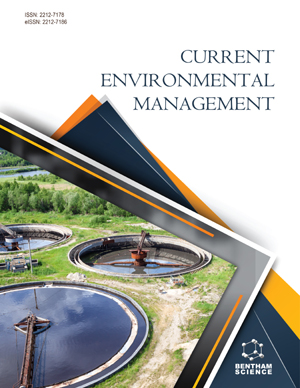Abstract
Objective: This paper uses the Analytic Hierarchy Process (AHP) to rank main actions and their associated task areas outlined in the Hyogo Framework for Action (HFA) in the case of Nigeria. The focus is on three major challenges namely (1) stakeholder inclusiveness, (2) capacity building and communication and (3) local adaptation.
Methods: The perceptions of a sample of 26 field disaster management experts on the HFA were studied and analyzed using AHP. The study found that "Disaster Preparedness" is the most important expected goal followed by "Risk Assessment and Early Warning." Results: Their priority indices are 0.258 and 0.219, respectively. "Local/City Governance" however, shows poor performance with a priority index of 0.085. Monte Carlo simulation was further applied to examine the robustness of the AHP assessments. Conclusion: The results are indicative of the perceptions of the performance levels attained and the areas that need improvement.Keywords: Analytic hierarchy process, framework for action, risk assessment, monte carlo, samulation local adaption, analytic hierarchy process, hyogo framework for action.
Graphical Abstract
[http://dx.doi.org/10.4102/jamba.v2i2.19]
[http://dx.doi.org/10.1006/jema.2001.0498] [PMID: 12040959]
[http://dx.doi.org/10.1080/00207549408957062]
[http://dx.doi.org/10.1016/0038-0121(93)90020-J]
[http://dx.doi.org/10.1016/0024-6301(91)90256-N]
[http://dx.doi.org/10.1111/j.15405915.1987.tb01514.]
[http://dx.doi.org/10.1177/0956247808096126]
[http://dx.doi.org/10.4102/jamba.v3i1.22]
[http://dx.doi.org/10.1002/rhc3.16]
[http://dx.doi.org/10.1111/1467-7717.00172] [PMID: 11570334]
[http://dx.doi.org/10.1016/j.seps.2006.10.001]
[http://dx.doi.org/10.1016/S0169-555X(02)00083-1]
[http://dx.doi.org/10.1016/j.jenvman.2007.01.054] [PMID: 17904271]
[http://dx.doi.org/10.1111/j.1465-7295.2007.00063.x]
[http://dx.doi.org/10.1016/0022-2496(83)90028-7]
[http://dx.doi.org/10.1142/9789813207950_0019]
 24
24 2
2


